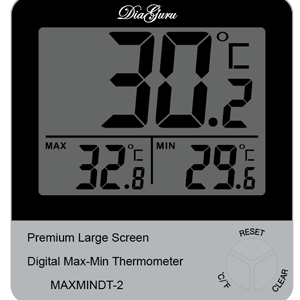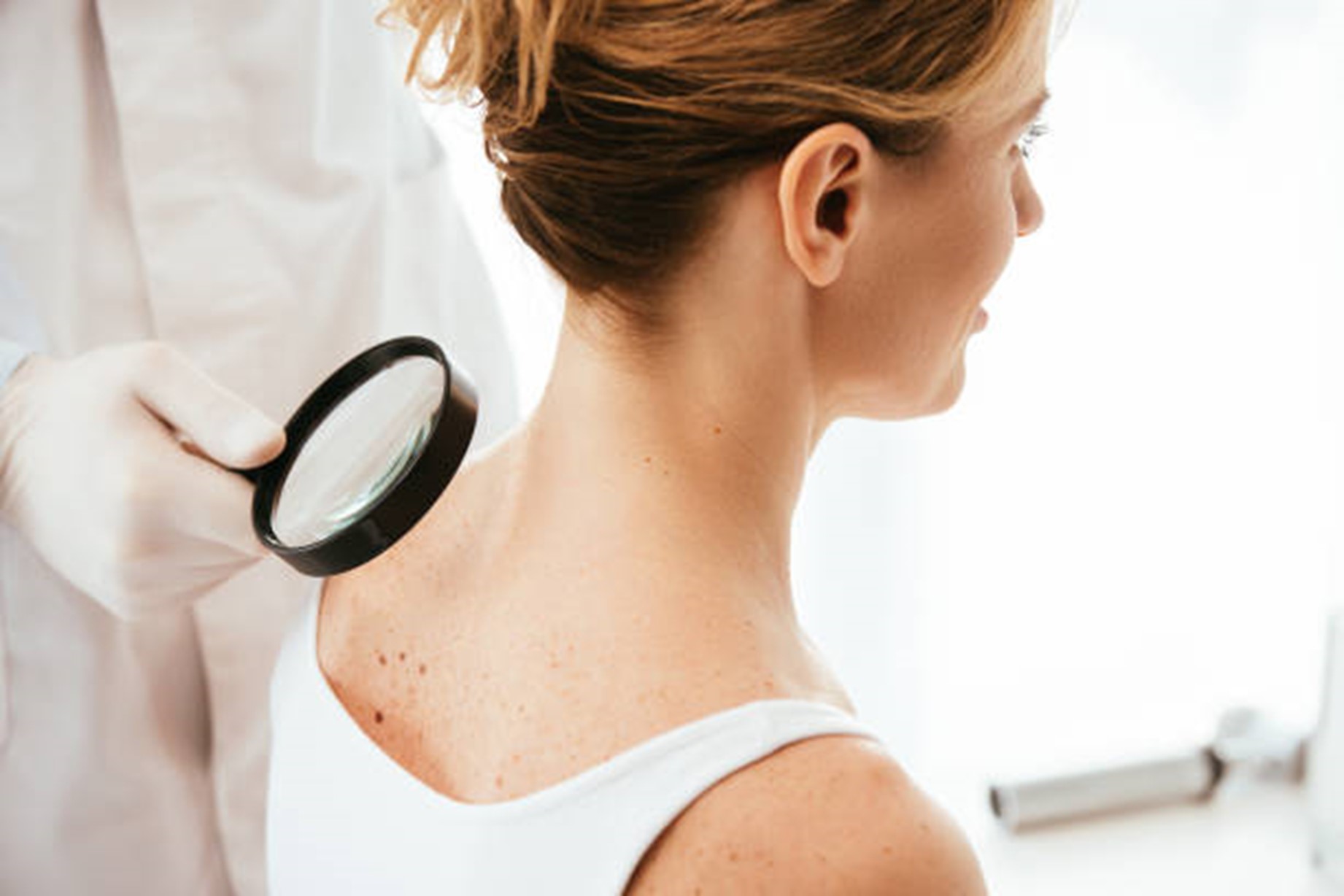Medical gowns for sale are protective clothing, also known as Personal Protective Equipment (PPE), that are used in the medical sector to keep personnel and patients safe from infections. To save waste and purchase costs, many hospitals provide reusable isolation robes. These medical robes come in a wide range of designs and materials. Protective gowns are particularly developed with various characteristics for both physicians and patients to wear during surgery or when attending to patients in order to ensure their safety. The following are some of the several types of medical gowns used in the medical field:
Gowns for Surgery
Surgical gowns are made of lightweight fabric that provides good protection and are specifically designed to fulfill the demands of the typical clinical setting. These basic gowns come in a range of hues and have fluid-resistant properties. Surgical gown belts are generally made of 100% cotton and include adjustable belts in the back to allow you to tailor the surgical gown to your body. Surgical gowns are required for surgeons and their helpers to avoid direct contact with any infection or other health concerns when performing an operation.
These medical gowns for sale have the following features:
- These Surgeons Gowns provide the user more flexibility while covering a large area of the body. These dresses usually have waist ties and crocheted cuffed sleeves. We provide adjustable sizes of these robes for hospitals and medical facilities as a well-known Surgeons Gown manufacturer.
- When there is a medium to high danger of contamination, these medical robes are utilized. If you have such needs and are looking for reputable surgeons’ gown suppliers in India, there is no need to go any further than us. We provide top-of-the-line Surgeons Gowns at affordable costs.
Gowns (Coveralls)
To be completely protected against biological fluid, healthcare personnel must wear coverall gowns. If you’re dealing with biological fluids that have the potential to spread illnesses, these all-in-one gowns are a good choice. You can shield your body from coming into close touch with the fluid by wearing a cover all gown. Plastic or any other waterproof fabric may be used to make the coverall gowns.
The integrated thermistor sensor allows the Min/Max temperature Thermometer to read two temperatures at the same time. The main unit’s temperature range is 32°—122°F (0°—50°C), while the sensor’s temperature range is -58°—158°F (-50°—70°C) with a 10ft (305cm) cable. It has a resolution of 0.1°F/°C and a 2°F accuracy, and it effortlessly changes between Fahrenheit and Celsius readings.
It’s vital to check the label of a gown to see if it’s been tested and satisfies applicable performance criteria before using it for a certain purpose. It’s crucial to remember, however, that medical device makers might opt to handle relevant performance requirements in a different way than the recognized standards mentioned here.
According to the CDC, there are three important things to consider when selecting personal protective equipment in general:
- Touch, splashes, or sprays, as well as huge quantities of blood or bodily fluids that might permeate clothes, as well as the type of isolation measures a patient is on.
- Durability and job suitability: does the task necessitate the use of a gown or a vest; if a gown is chosen, is it fluid resistant, fluid proof, or neither?
- Fit: Personal protective equipment (PPE) must be tailored to the particular user. Employers must ensure that all PPE is accessible in sizes that are appropriate for their employees.
The following selection criteria are recommended by the CDC for gowns:
- Isolation gowns are typically preferable, however an apron may suffice for operations when only minor contamination is expected. If contamination of the arms is likely, however, a gown should be chosen. Gowns should cover the entire torso, be comfortable to wear over the body, and have long sleeves that fit snugly at the wrist.
- The gown’s material properties: Isolation gowns are composed of cotton or a spun synthetic material. This decides whether the gown can be washed and reused or if it is only meant for one usage (disposable). Fluid resistance is another element to consider when choosing an isolation gown. Cotton and spun synthetic isolation gowns offer various degrees of fluid resistance. A fluid-resistant gown should be worn in circumstances where fluid penetration is possible.
- Patient dangers: Whether a sterile gown is necessary or if a clean gown is adequate depends on the patient’s risk level. Isolation is usually done in clean gowns. Only invasive operations, such as the insertion of a central line, necessitate the use of sterile gowns.
Despite the fact that numerous manufacturers meet industry criteria for barrier protection, healthcare professionals choose Wishmed gowns because of their unique features, which include:
- High-quality fabrics that keep the user cool and relaxed.
- Designs that are one-of-a-kind and give a personalized fit and ease of movement
- Secure sealing and simple donning and doffing are ensured by special features.
- Styles, lengths, sizes, colors, and fabric weights come in a wide range of options.
- Quality, durability, and fit are all consistent.
The thermometer features a tough plastic casing and a big LCD display with 1.25in (32mm) digits that measures 2.875×2.125in (73x54mm). The maximum and minimum temperatures are saved in internal memory. The item comes with a built-in stand and a wall-mount bracket, making it perfect for curing rooms, and is powered by a AAA battery that is provided.
A U-shaped maximum-minimum thermometer. There are two temperature indicators, one for the highest and one for the minimum. As the temperature in the tube rises or falls, the markers are pushed by the mercury.For the most accurate temperature recording, the maximum-minimum thermometer should be positioned in a Stevenson screen shelter.
Instructions
1. Set the thermometer at 1200 hours (midday) by dragging the markers to the top of the mercury column with a tiny magnet. In the shelter, hang the thermometer.
2. Measure the highest and lowest temperatures at midday the next day. The maximum temperature is measured from the bottom of the maximum marker, while the minimum temperature is measured from the bottom of the minimum marker.
3. Take a reading at the top of the mercury column on either side to record the current temperature (they read the same on the maximum or the minimum side).
4. Use the magnet to reposition the indicators so that they are on top of the mercury column.
5. For the following week, repeat steps 2–4 every day.
6. Make a table with all of your findings.
The change in temperature over a period of time, generally one day, can be shown using the temperature of air recorded using a maximum-minimum thermometer. The diurnal range is the difference between the daily maximum and lowest temperatures.
In pure bacterial and/or mixed infections, liquid culture media improve the chances of bacterial separation; however, their effect in isolating fungus is limited. We propose include both solid and liquid culture medium in the laboratory diagnosis of nonviral keratitis due to overlap in clinical diagnosis of bacterial and fungal keratitis.Sterility testing media, food and water quality monitoring media, and cell culture media are all examples of liquid culture media.
Ready-to-use media with a range of antibiotics, additives, and dropout components are available in various quantities and packaging. Use the left-hand navigation to browse our main categories of liquid culture media, or use the button below to see all of the items in this category and discover the liquid culture media you’re searching for. In addition, we may tailor the composition, packaging, and other aspects of the product to fit your specific requirements.



